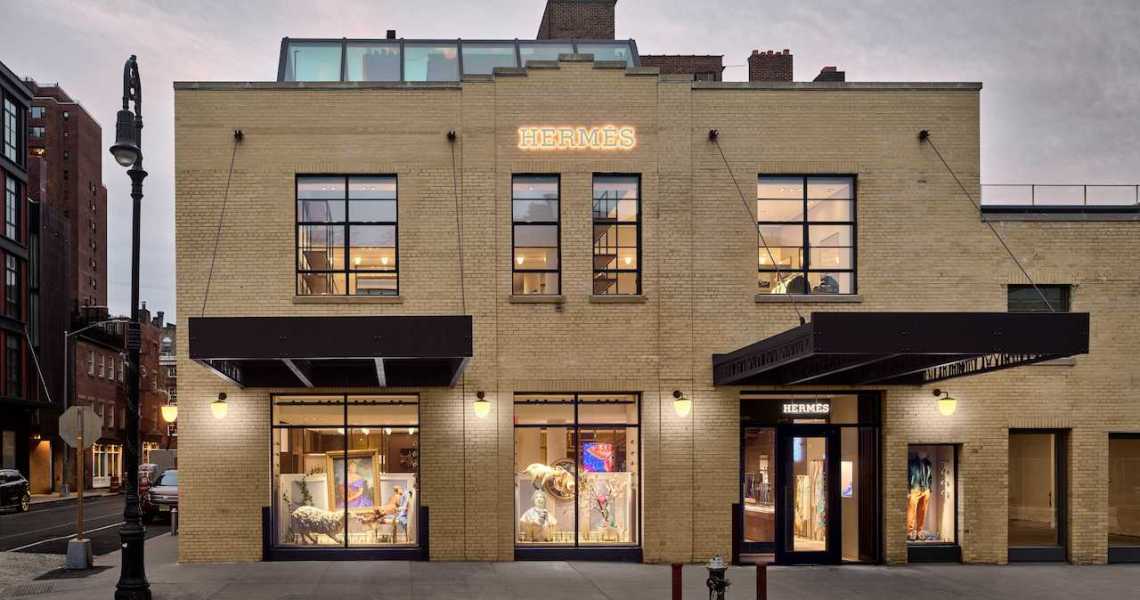Last week, some of the biggest luxury fashion companies posted positive earnings, even as price increases are putting pressure on customers. In this Weekend Briefing, I also take a look at Adidas’s ongoing troubles and the clearing up of West Coast ports. Don’t forget to subscribe to the Glossy Podcast and the Glossy Beauty Podcast! –Danny Parisi, sr. fashion reporter
Inflation hits aspirational luxury shoppers the hardest
As we think of inflation’s impact on the fashion industry, much has been made of the “recession-proof” nature of luxury fashion.
And it’s true that many of the biggest luxury brands haven’t suffered much. Big brands like Hermès and Lanvin have seen nothing but positive growth as prices go up. Hermès, which saw a 23% increase in sales over the last quarter, is planning on raising its prices even more, by between 5-10% in 2023. For the most part, these brands can raise prices as much as they want, since their customers tend to be high-net-worth individuals.
But there is something lost as luxury brands increase their prices: aspirational shoppers. According to 2021 data from Bank of America, 39% of spending on luxury goods came from people making less than $50,000 a year, making them the largest cohort of luxury shoppers in the country. For comparison, people making $50,000-$125,000 made up 34%. While luxury may be associated with ultra-wealthy, high-spending consumers, a significant portion of sales comes from people who saved up and splurged on one or a few luxury items.
And there’s evidence those aspirational shoppers are having their aspirations tempered. According to the same data from Bank of America, American shoppers cut luxury spending by 2-4% in August and 5-6% in September. As inflation drives brands like Chanel to increase the prices of their bags by as much as $1,000, a host of people who could just barely afford a luxury purchase occasionally will be pushed out of the category entirely.
More bad news from Adidas
On the opposite end of the price spectrum, Adidas issued a profit warning last week after slow sales in both Asia and Europe. The company lowered its operating margin from 7% to 4%.
This comes not long after the company put one of its most lucrative partnerships with Kanye West under review. West has made his desire to leave very clear and Adidas may be forced to end the partnership whether it wants to or not.
Ad position: web_incontent_pos1
West Coast ports are seeing a lot less traffic this year
In the last two years, a recurring story has been the clogging of shipping ports on the West Coast, where the fashion industry brings in much of its inventory.
But new data shows that the amount of inventory coming through those ports is slowing down. The Port of Los Angeles saw 25 straight months of record-breaking volume finally abate in August and September. Both months saw double-digit percentage drops in the amount of cargo containers coming through. While supply chain issues continue to be a problem for brands across the industry, at least one pain point is finally clearing up.




